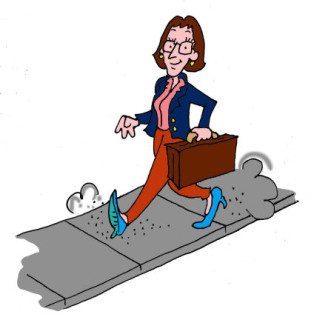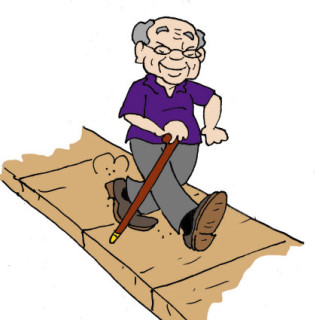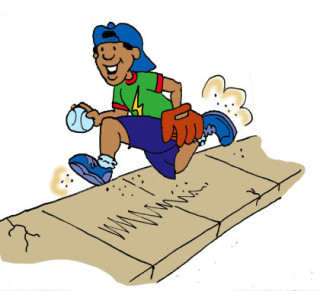See the previous section of The Local Economy Revolution, MOAR Gardens & It’s Easy to Run a Small Business that Sucks
 Bad planner confession: if I hear one more person talk about “walkability,” I’m going to throw up.
Bad planner confession: if I hear one more person talk about “walkability,” I’m going to throw up.
Just like economic developers, planners can get obsessive about some new, cool idea and start promoting that as the Grand Answer to Everything. There’s a school of thought among planners these days that promises that “walkable” design is the answer to all community ills. Increase density, install sidewalks and bike paths, get rid of the big wide streets and All Will Be Great.  Their professional grandfathers insisted that we needed to separate cars from people, now, to some extent, the opposite holds court.
Their professional grandfathers insisted that we needed to separate cars from people, now, to some extent, the opposite holds court.
But like many easy binary choices, there’s a grain of truth in here — one that people focused on local economies should grasp:
What the planners are discovering is that people, no matter their gender or race or income, do seem to like walkable spaces. They pick them over places built for cars, more than nine times out of ten. 
And the planning press is full of studies and case examples. As Peter Calthorpe and others have shown, even the fiscal impacts work better in walkable environments.
There’s a useful principle here that can migrate across to economic development. Pedestrian environments seem to thrive because they provide:
- Lots of options,
- An easy-to-browse mix of those options,
- Consistent interestingness over time (even if one shop goes out, chances are there’s enough other easy-to-access options to make it still worth a visit).
Proposition: we might have a better chance at long-term economic vitality, at resilience in the face of setbacks, if we quit looking for big wins and set as our priority a new goal: building a pedestrian-friendly economy.
One that gives its residents lots of options for working and shopping and all that, one where all those options are clearly visible (not only to the diehard insiders who know where all the interesting but marginal backlot establishments are).
And perhaps most importantly, a local economy that can maintain its value over time, even as businesses come and go, because no one business dominates the economy.
Coming Next: 1099ers in Your Economy